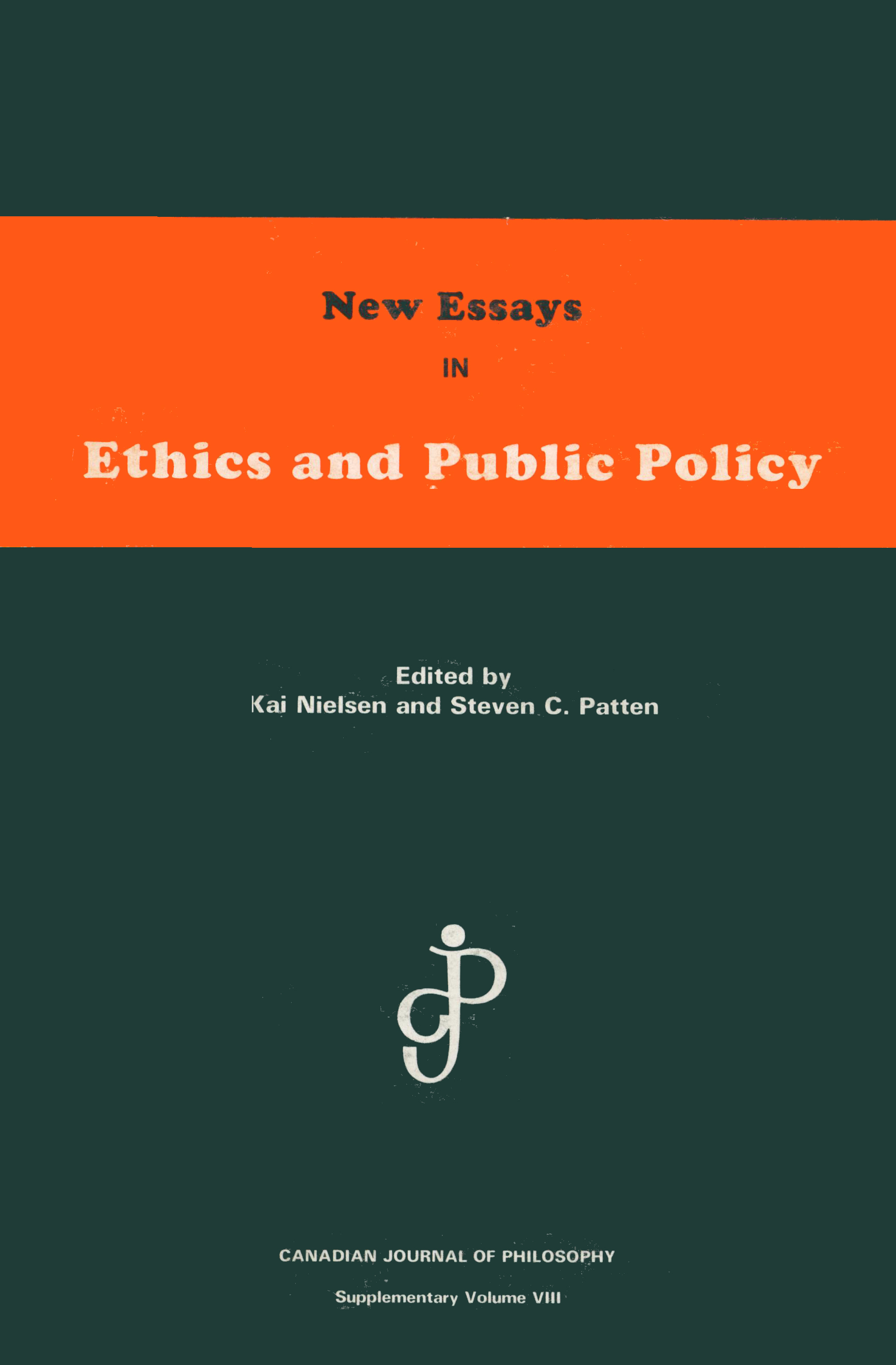Article contents
Aristotle's Semantics and a Puzzle Concerning Change
Published online by Cambridge University Press: 01 January 2020
Extract
In this paper I shall examine Aristotle's treatment of a certain puzzle concerning change. In section I, I shall show that within a certain standard framework for the semantics of subject-predicate sentences a number of things that Aristotle wants to maintain do not make sense. Then, I shall outline a somewhat non-standard account of the semantics for such sentences — arguably Aristotle's — and show how the proposals concerning change fit quite naturally into this framework. The results of this exercise will enable us to say something quite precise about applications of some obscure but characteristically Aristotelian doctrines: that ‘is’ is ‘said in many ways,’ that his predecessors got the Law of Opposites wrong. They also shed some light upon Aristotle's ontology of predicables.
- Type
- Research Article
- Information
- Canadian Journal of Philosophy Supplementary Volume , Volume 10: New Essays on Aristotle , 1984 , pp. 21 - 40
- Copyright
- Copyright © The Authors 1984
References
1 A. Tarski, ‘The Concept of Truth in Formalized Languages,’ I quote from an excerpt in D. Davidson and G. Harman, eds., The Logic of Grammar, p. 42.' 'For every a, we have a satisfies the sentential function ‘x is white’ if and only if a is white.'
2 In ‘On Concept and Object’ (Geach, P.T. and Black, M., Translations from the Philosophical Writings of Gottlob Frege [Oxford: Blackwells 1970] 49Google Scholar), Frege says that the two sentences ‘There is at least one square root of 4’ and ‘The concept square root of 4 is realized’ express the same thought. But, he says, ‘this will be surprising only to somebody who fails to see that a thought can be split up in several ways. The thought itself does not yet determine what is to be regarded as the subject.’ The point is the same with ‘The man is pale’ and ‘The man has paleness.'
3 In the Kripke semantics, a thing's being possibly F is explained in terms of its actually being F in some possible world.
- 1
- Cited by


